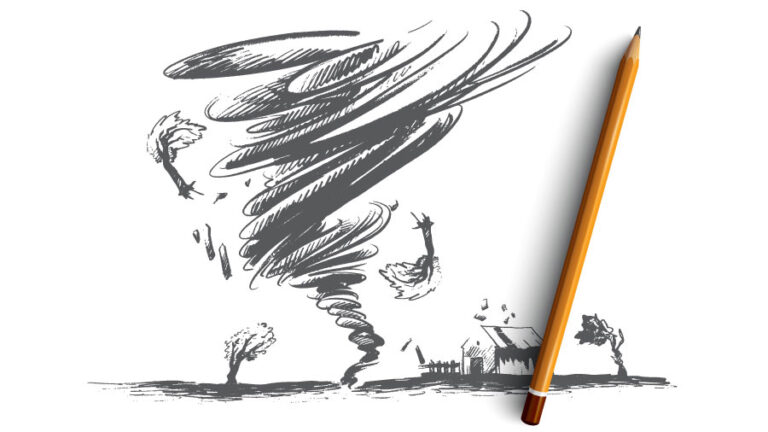Crisis Simulation Exercise Design & Delivery Process

Prior to designing your Crisis Simulation Tabletop Exercise, ensure you understand the end-to-end process that you intend to use.
This can be as easy as a four step process as I describe within this short post.
Step 1 – Compose
Develop your exercise objectives and general exercise design (who, when, where and what). Schedule the date and invite the players to attend. Send out a pre-read and make it brief and engaging to ensure it is read and understood. A creative audio or video is another good way to send out an invite and will be opened and watched or listened. Part of this first step should also include what criteria is going to be used to evaluate the exercise.
Step 2 – Create
Create the scenario. Start with a script of the whole story line and work with relevant trusted agents. The story line can be a one or two page document that is an overview of the scenario from start to finish. Then break it down into sections which become your injects. Use a MSEL (Master Sequence of Events List) to help build the scenario.
Resource: 5 Steps to Creating and Delivering a Simple Tabletop Exercise – E-Book
Step 3 – Deliver
Deliver your exercise. Make sure you test the equipment (audio visuals) prior to the session starting. Have a delivery process and make sure the group understands how the day will unfold. Have fun and take advantages to coach when appropriate.
Step 4 – Record
Throughout the whole process ensure you document each step. This will help you understand what can be improved upon and what worked well. During the actual exercise, make sure you or someone else evaluates based on the criteria set out in Step 1. Did we meet our objectives? Get feedback from the exercise participants and put your AAR (After Action Report) together.
You can add this next part as a 5th step or it can be a part of step 4:
What next?
Consider a follow on discussion that looks at the actionable items (gaps and recommendations) from the exercise. This is a critical step that is often missed. It should always be about the continual improvement cycle.






Add your first comment to this post